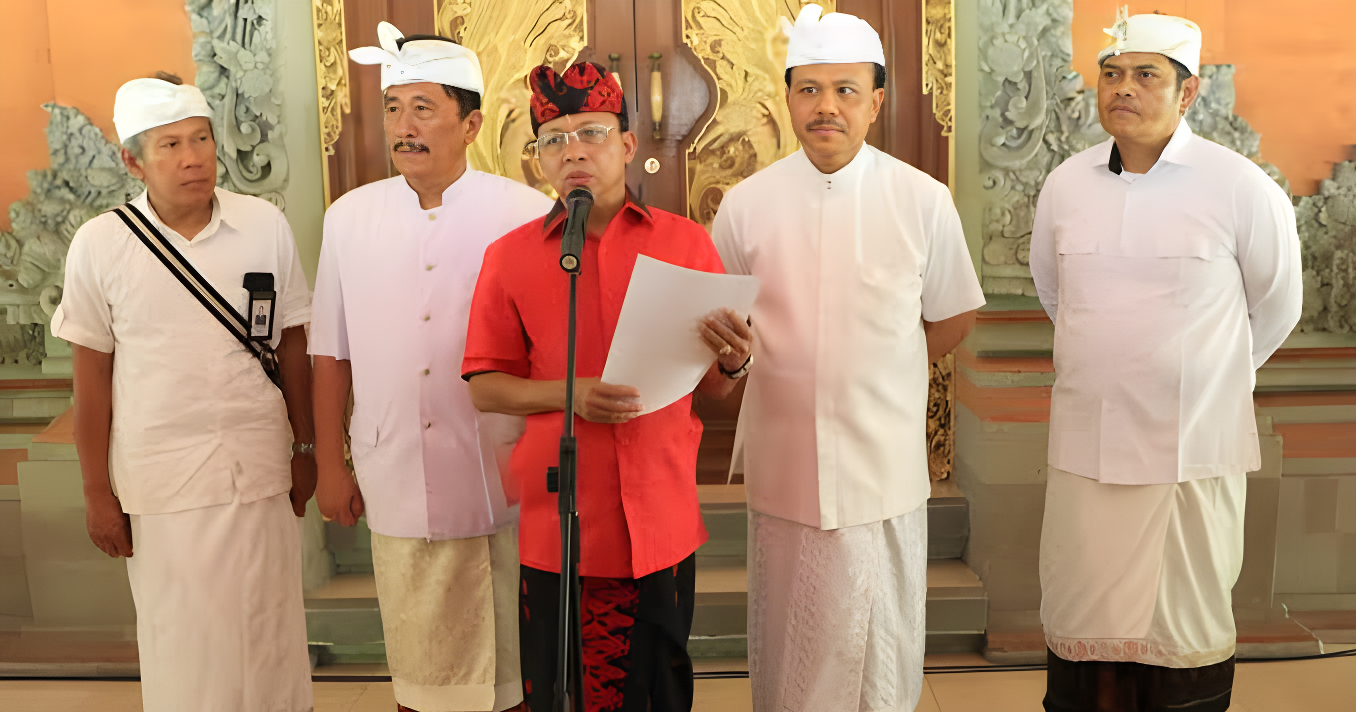Bali Governor Regulation No. 55 of 2019 on Traditional Balinese Health Services marks the pinnacle of efforts to unearth the “Bali Usada” manuscripts. It serves not only as a reinforcement of the Cultural Foundations following the spirit of the Law on the Advancement of Culture as the protection of Intangible Cultural Heritage but also as the foundation for the revival of ancient medical knowledge from the “Bali Usada” manuscripts. This includes safeguarding the biological resources of these treatments and their practices, all aimed at strengthening public health.
The regulation also introduces “Complementary Traditional Balinese Health Services,” which involves the application of Balinese traditional medicine with biomedical and biocultural insights, supported by scientific evidence regarding their benefits and safety. Additionally, it safeguards “Traditional Healers,” defined as individuals providing Empirical Traditional Health Services, who have acquired their knowledge and skills through generational experience or non-formal education.
Regarding medicines, the regulation defines “Tamba” or “Traditional Balinese Medicine” as substances or compounds that may include holy water, sacred symbols of divine power (Hyang Widhi), plant materials, animal substances, minerals, galenic preparations, or mixtures thereof. These must be recorded in “lontar usada” texts and have been used for generations for medical purposes, following the norms prevailing in Balinese society. With the inclusion of “kélor” in the “Bali Usada” manuscripts, it becomes evident that “kélor” is a part of “Tamba” or traditional Balinese medicinal materials protected under Bali Governor Regulation No. 55 of 2019.


